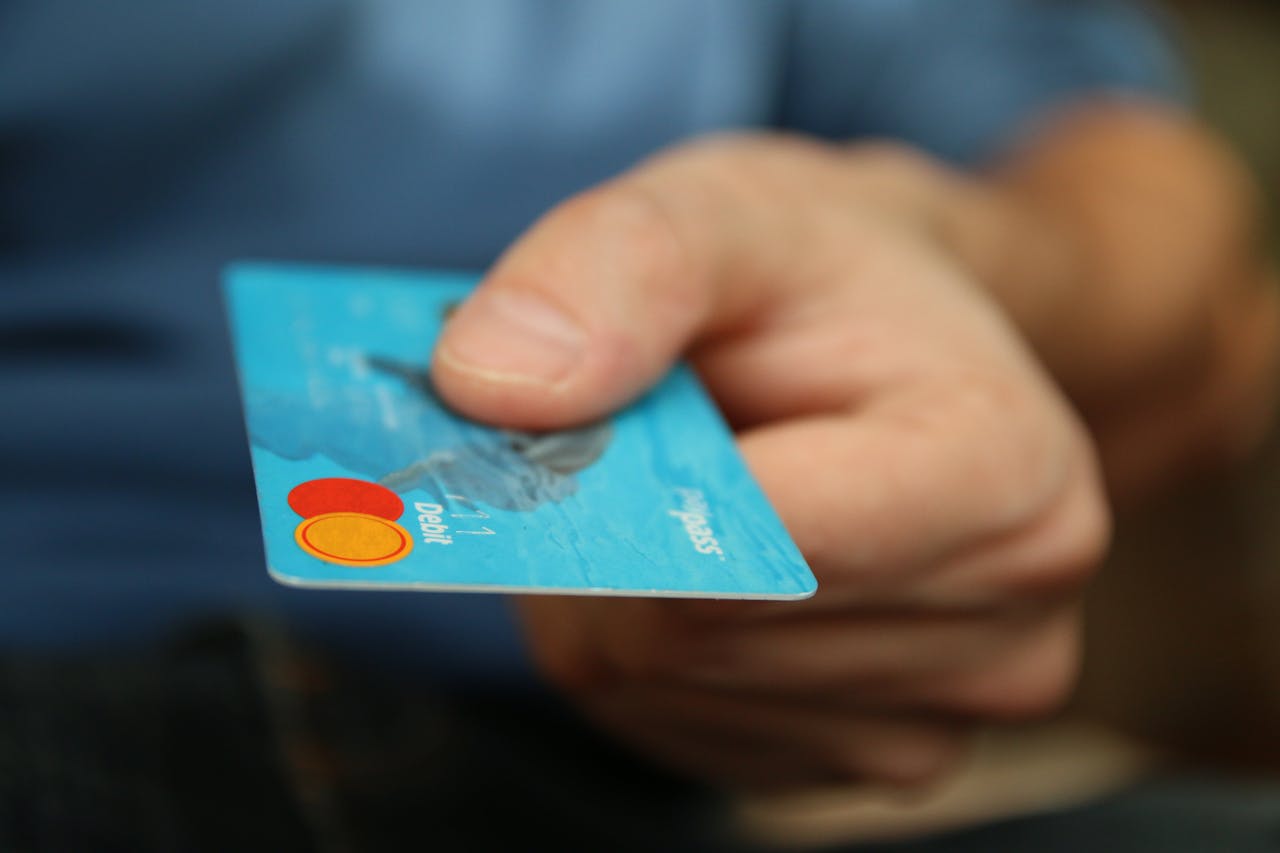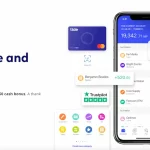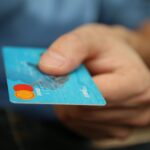
Credit card scams are very offten, and scammers are constantly finding new ways to trick people. Credit 카드깡 attempts have risen by 46% year-over-year. But the good news is that you can protect yourself with a few simple precautions.
What Are Credit Card Scams?
Credit card scams occur when someone steals your card information or tricks you into sharing it. This type of fraud is the most common form of identity theft in the United States, affecting millions every year. Scammers use various tactics, such as stealing physical cards, hacking online accounts, or even cloning cards to make unauthorized purchases.
One alarming statistic shows that 65% of U.S. adults have experienced a fraudulent charge on their credit cards at least once. Scammers often target people who may not be familiar with modern security measures, making it crucial for everyone to stay informed about these threats. Understanding how scams work is the first step toward protecting yourself from card fraud.
Common Types of Credit Card Scams
1. Skimming Devices
Skimming involves small devices attached to card readers at ATMs or gas stations. These devices steal your card details when you swipe or insert your card. Always inspect card readers for signs of tampering before using them.
2. Phishing Emails and Texts
Scammers send fake emails or texts pretending to be your bank or credit card company. They ask for sensitive information like your PIN or account number. Never click on suspicious links or share personal details without verifying the sender’s identity.
3. Credit Card Cashing
This scam involves someone offering “quick cash” in exchange for using your 신용카드현금화 or its details. They may promise you won’t be liable for the charges, but this is false—you’ll end up responsible for all transactions made on your account.
4. Card-Not-Present Fraud
This happens when scammers use stolen card information for online purchases without needing the physical card. It accounts for 65% of all credit card fraud losses globally.
5. Dumpster Diving
Believe it or not, scammers still dig through trash looking for discarded bank statements or pre-approved credit offers. Always shred documents containing sensitive information before throwing them away.
Warning Signs of Credit Card Fraud
Spotting fraud early can save you from bigger headaches later on. Here are some warning signs:
1. Unfamiliar Charges: Scammers often test stolen cards with small purchases before making larger ones—55% of fraudulent transactions are under $100. Regularly review your statements to catch these early signs of fraud.
2. Account Changes: If you receive notifications about password resets or address updates you didn’t authorize, someone may be accessing your account.
3. Declined Transactions: If your card gets declined despite having available credit, it could mean someone has maxed out your account.
4. Suspicious Calls: Legitimate bank representatives will never ask for your full PIN or security code over the phone. If in doubt, hang up and call the number on the back of your card directly.
How to Protect Your Credit Card Online
Online shopping is convenient but can expose you to risks if you’re not careful:
- Shop Securely: Only shop on websites that start with “https” and display a padlock icon in the browser bar.
- Use Virtual Payment Methods: Services like PayPal and Google Pay act as buffers between merchants and your actual card details.
- Avoid Public Wi-Fi: Use a VPN when shopping online to prevent hackers from intercepting your data.
- Enable Two-Factor Authentication: Adding an extra layer of security makes it harder for scammers to access your accounts.
- Be Cautious with Emails: Don’t click on links from unknown senders offering deals that seem too good to be true—they probably are.
Safeguarding Your Physical Credit Card
Your physical card also needs protection:
- Carry Only What You Need: Leave extra cards at home in a secure place.
- Inspect Card Readers: Check ATMs and gas station pumps for tampering before inserting your card.
- Use Contactless Payments: Tap-to-pay methods are safer than swiping magnetic stripes.
- Keep Your Card Visible: When dining out, try paying at the table instead of handing over your card.
- Report Lost Cards Immediately: The sooner you report a missing card, the faster you can block unauthorized transactions.
The Importance of Transaction Monitoring
Transaction monitoring is a key tool in preventing fraud:
- Set up alerts through your bank’s app or website to receive notifications about unusual activity like international purchases or large transactions.
- Regularly review your statements—don’t just skim them! Carefully check each transaction for accuracy.
- Many banks allow you to temporarily freeze your card if you suspect fraud, giving you time to investigate further.
By combining automatic alerts with manual reviews, you create a strong defense against unauthorized charges.
What To Do If You’re a Victim
If you suspect fraud:
1. Contact Your Bank Immediately: Use the number on the back of your card to report unauthorized charges and request a replacement card.
2. Place a Fraud Alert: Contact one of the three major credit bureaus (Equifax, Experian, TransUnion) to add an alert on your credit report.
3. File Reports: Report the incident to the Federal Trade Commission (FTC) at IdentityTheft.gov and file a police report if necessary.
4. Document Everything: Keep records of all communications with banks and authorities.
Recovering from fraud takes time, but staying organized will help resolve issues faster.
Beware of Credit Card Cashing Scams
Credit card cashing scams prey on people looking for quick money:
These scams often involve promises of easy cash in exchange for using your credit card or opening new accounts for someone else’s use. Remember that legitimate financial institutions don’t operate this way—never give out personal information or open accounts for others.
Working With Card Loan Specialists
Card loan specialists can help if fraud has left you struggling financially:
They assist with disputing charges, negotiating with creditors, and rebuilding your credit score after fraud damage. However, always verify their legitimacy before sharing sensitive information—look for certifications and reviews from trusted sources.
Final Tips To Avoid Credit Card Scams
To stay safe white using credti cards, please practice the following:
· Accounts are monitored weekly instead of waiting for monthly statements.
· Set up transaction alerts through banking apps.
· Use credit cards instead of debit cards online—they offer better fraud protection.
· Regularly check free credit reports from AnnualCreditReport.com.
· Stay informed about new scam tactics and security measures.
Final Thoughts
Credit card scams are everywhere, but by staying vigilant and proactive, you can significantly reduce your risk of falling victim to them. From transaction monitoring to avoiding suspicious offers like credit card cashing schemes, every small step adds up toward better protection.







